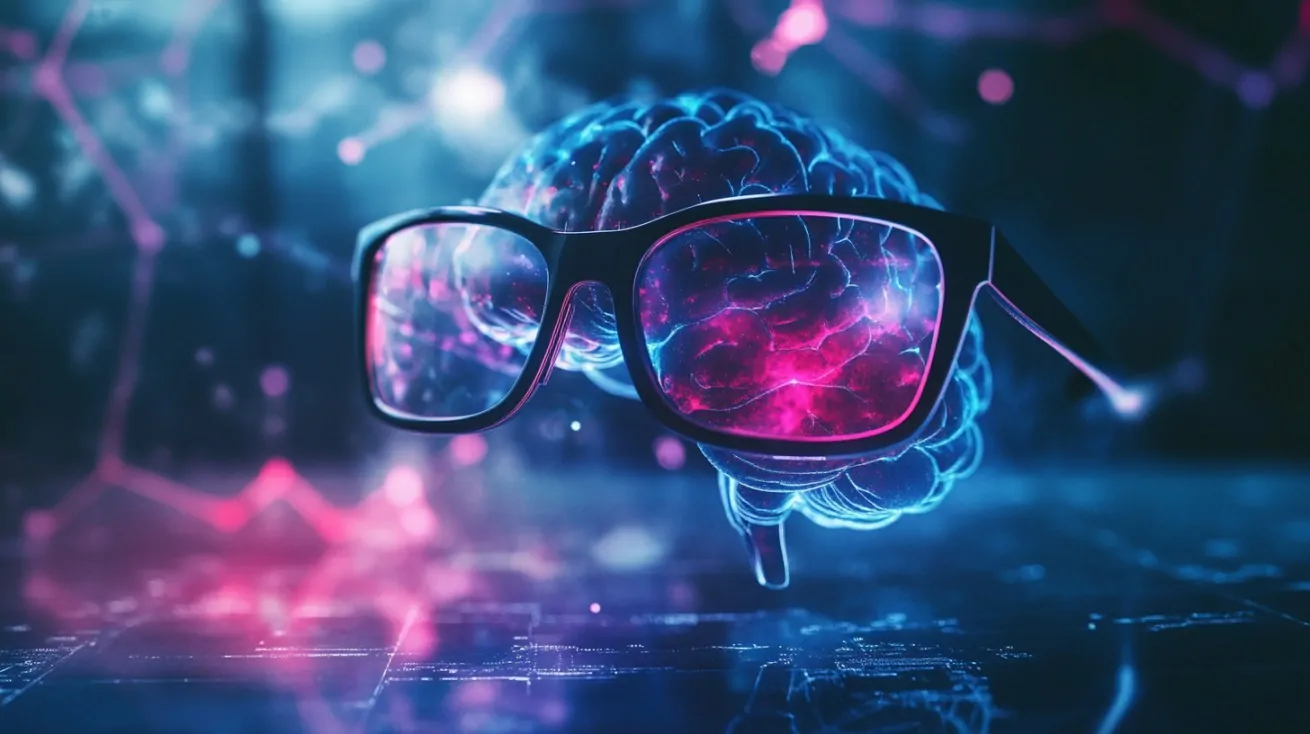
Share Post:
Education is changing at an unprecedented pace due to the influences of globalization, rapid technological advancement, and increasingly different learner expectations.
Innovation in education has become essential to keep students engaged and prepared for the modern world.
New methods focus on inclusivity, personalization, interactivity, and practical relevance, each reshaping how learning takes place in classrooms and beyond.
Table of Contents
Toggle1. Cooperative & Competency-Based Learning

Cooperative and competency-based learning focuses on collaboration and achieving mastery rather than advancing based on rigid timelines. In cooperative learning settings, learners engage in small group work, where each member contributes through clearly defined roles and shared responsibilities.
Meanwhile, competency-based learning challenges the traditional model by allowing progress only when learners can demonstrate real understanding and practical skill—regardless of the academic calendar. The aim shifts to mastery, with each learner moving at a pace that suits their development.
One helpful tool in this process is a students forum, which often provides a space for peer interaction, real-time problem solving, and shared insights that reinforce deeper understanding.
By engaging in meaningful discussions and exchanging diverse perspectives through student forum participation, learners often gain clarity and retain knowledge more effectively. Together, these two educational strategies encourage active involvement and promote lasting comprehension.
Key Benefits
The strengths of this model lie in its ability to humanize learning while reinforcing rigor.
Key benefits include:
Students are encouraged to reflect on their learning process, evaluate each other’s contributions, and take shared responsibility for group achievements.
Best Practices
Successful implementation depends on structure, transparency, and consistency.
Below are strategies to make cooperative and competency-based learning effective:
- Use clear rubrics that define expectations, roles, and mastery criteria.
- Incorporate peer assessments to help students develop constructive feedback and self-awareness.
- Allow flexible pacing by giving students control over when they move forward.
- Track progress with competency maps or skill matrices to visualize learning over time.
- Design assessments that are performance-based rather than time-based, focusing on demonstration of skills.
Educators who adopt this method report better engagement and fewer students falling behind.
Mastery becomes measurable, collaboration becomes essential, and growth becomes personal.
2. Flipped Classroom Model
Flipped learning replaces the conventional classroom routine.
Instead of attending lectures during school hours and working on assignments later, students study new material at home through:
In-class time is then devoted to collaborative projects, critical discussions, and applied problem-solving tasks.
Concepts once passively received are now actively explored with peer and teacher support. The classroom transforms into a laboratory of thought, where questions are welcome and trial-and-error is part of the process.
Key Benefits
The flipped model offers several distinct benefits, supporting both academic outcomes and soft skills. These benefits are outlined below:
Students gain more agency while still having the guidance of instructors during the most challenging aspects of learning.
Educators serve more as mentors and facilitators, addressing misconceptions on the spot and supporting higher-order thinking.
Real-World Application
Numerous educational institutions have adopted the flipped model successfully:
- High school biology programs now commonly assign video lectures as homework, saving in-class time for lab experiments and scientific analysis.
- Engineering departments in universities often deliver technical theory through pre-recorded sessions, using class hours for collaborative design tasks and peer-to-peer troubleshooting.
- Language courses are increasingly using flipped strategies to introduce grammar and vocabulary at home, reserving in-person sessions for speaking practice and group exercises.
Outcomes have shown improved test scores, stronger class participation, and more confident learners. This method not only shifts the structure of instruction but also the mindset of how students approach knowledge-building.
3. Immersive & Gamified Learning
View this post on Instagram
A post shared by Juan Garcia | Bilingual Ed & Tech Tools (@garciaconacento)
Immersive and gamified learning introduces excitement and realism into education by blending technology with cognitive science.
Virtual Reality (VR), Augmented Reality (AR), and gamification strategies such as points, levels, badges, and quests bring lessons to life.
Instead of reading about ecosystems, students can virtually walk through them. Instead of memorizing historical facts, learners can explore ancient civilizations in augmented environments.
Challenge-based learning encourages curiosity.
Game elements provide instant feedback, foster resilience through retry mechanics, and keep students engaged through incremental rewards.
Key Benefits
This method transforms classrooms into dynamic learning arenas. Key benefits include:
Students interact with information rather than passively absorbing it. Visual and kinetic learners particularly benefit, but all students gain when abstract topics become tangible.
Tools/Examples
Educators across disciplines have adopted immersive and gamified learning methods with impressive results:
- VR surgical simulations used by medical schools help trainees practice delicate procedures without risk.
- AR-enhanced field trips allow students to “visit” historical sites or visualize scientific phenomena overlaid on physical space.
- Classcraft and similar platforms use classroom leaderboards, avatars, and progress tracking to create a game-based academic system.
- Minecraft Education Edition supports subjects like math, physics, and history through world-building tasks that integrate core concepts.
Lesson plans become interactive narratives, and students become participants instead of bystanders. Complex material becomes more manageable, even enjoyable.
4. Problem-Based & Design Thinking

Problem-based and design thinking methodologies place students at the center of meaningful challenges. Instead of receiving information through lectures, learners begin with a question or problem—something open-ended, real, and often messy.
Solving that problem becomes the path through which new knowledge is acquired.
Design thinking goes further by emphasizing empathy, creativity, and iteration. Students identify user needs, brainstorm possibilities, and prototype solutions.
Feedback loops become an essential part of the process, mirroring real-world design and innovation.
Key Benefits
Problem-based learning nurtures a wide range of cognitive and social competencies.
The most important benefits include:
Curiosity becomes a driving force. Instead of answering questions, students ask better ones and pursue answers with purpose.
Lessons become more meaningful when students feel their work connects to something outside their classroom.
Implementation Tips
For educators looking to implement this approach effectively, several strategies offer strong entry points:
- Use real-world challenges such as recycling, public health, transportation safety, or access to education as learning prompts.
- Incorporate empathy interviews, user feedback, and community outreach to enhance authenticity.
- Encourage interdisciplinary collaboration by integrating science, art, technology, and writing into single projects.
- Guide students through a design cycle: empathize, define, ideate, prototype, test, and reflect.
- Allow space for iteration; failures should be treated as learning steps, not setbacks.
Students begin to value persistence, creativity, and critical thinking, not just getting the answer right.
They develop solutions with purpose and take pride in sharing them with others.
5. Personalized & Adaptive Learning

Personalized and adaptive learning reshapes how students engage with education by aligning content delivery with each learner’s pace, strengths, and preferred style.
Instruction becomes flexible and dynamic instead of fixed and uniform.
Artificial intelligence and real-time data analysis serve as the driving forces, enabling platforms to modify lessons based on performance metrics.
Platforms like DreamBox, Smart Sparrow, and adaptive Learning Management Systems analyze responses, monitor progression, and adjust challenges in real-time. This results in an educational model that not only respects individual learning curves but amplifies them.
Key Benefits
Benefits of personalized and adaptive learning span cognitive, emotional, and developmental growth.
Below are some of the most important advantages:
In collaborative academic spaces, students frequently mention improved confidence and greater engagement when using adaptive platforms.
Personalized feedback and adaptive assessments also help learners identify gaps and strengths more efficiently.
Real-World Example
Examples in actual classrooms and virtual environments further validate the value of this approach:
- Khan Academy uses AI-driven tutoring tools that adapt difficulty and pacing based on student input and mastery levels.
- DreamBox provides personalized mathematics instruction that automatically adjusts based on real-time data and decision paths taken by the learner.
- Smart Sparrow allows educators to create adaptive e-learning experiences tailored to a student’s level of performance.
Educators who integrate adaptive technologies report that students are more likely to stay engaged, ask questions, and revisit material on their own initiative.
Instruction becomes a dynamic exchange, not a rigid lecture.
Summary
@bilalkatz Hey Educators! 🍎 I’ve got a crucial message for you, and it’s time to shake things up in the classroom! Stop teaching the traditional way because, let’s be real, it’s just not cutting it. 🤷♂ Your students aren’t absorbing what you’re throwing at them, and it’s time for a game-changer. I’ve been there, tackling the complexities of teaching Java to tertiary students. Java’s no walk in the park—it’s like math on steroids! So, here’s the scoop: I switched it up. Instead of endless lectures, I recorded my lessons and unleashed them on YouTube. Guess what? It worked like magic! 🪄 Students started watching those videos religiously, mastering concepts at their own pace. No more frustration, just empowered learners. The key? Break free from the traditional teaching model, embrace technology, and let them learn on their terms. I took a genius tip from a senior educator and turned homework into a collaborative experience. No more spoon-feeding answers; let them collaborate with friends. The result? Problem-solving pros! 🤝 Fast forward, my students excelled, and word spread like wildfire. The institute bigwigs even took notice. 🌟 So, here’s my challenge to you: Turn your lessons into engaging videos, make learning a family affair, and watch the magic happen. ✨ Imagine a classroom where kids teach you and their peers. It’s not just about remembering; it’s about mastering. Involve them, and watch the transformation unfold. So, hit that record button, redefine homework, and witness the beauty of engaged, confident students. Ready for the teaching revolution? Let’s do this! 🔥 #EduRevolution #StudentEmpowerment #TeachingMagic ♬ original sound – Bilal
Education is no longer a one-size-fits-all endeavor. Innovative learning methods now empower students to learn actively, collaboratively, and at their own pace.
Teacher training and digital infrastructure remain essential to support these advancements.
As future trends emerge, like microlearning, consolidated learning platforms, and eco-conscious education models, continuous adaptation will be necessary to meet the needs of tomorrow’s learners.
Related Posts:
- 10 Ways How You Can Bypass A School Firewall -…
- Alternative Grading Systems - Exploring Options…
- Why Game-Based Learning Is Key to Student Engagement…
- 62 Best Gifts for the Soon-to-be College Student in 2025
- Top 10 Free Online IQ Tests You Can Take Right Now
- Best App to Read Books for Free - Top Recommendations











